Every year, Lunar New Year is celebrated around the globe with great fanfare: lion dances, red packets stuffed with money, and of course, 10-course banquets comprising dishes made with exquisite ingredients and brimming with symbolism–foods that are homonyms or look-alikes for gold bars, prosperity, family unity, fertility, good fortune, etc. This year, Lunar New Year falls on January 31st–it’s the year of the Horse!– and families will gather from far and wide over the next two weeks to eat dishes from long-life noodles to whole fish and fried egg rolls.
In pockets of Asian communities, this important holiday is also feted with special foods, albeit lesser known and a little lower-key. Here’s a delicious assortment for you to choose from.
Singaporean

In Singapore where I grew up, my family and I would celebrate with raw fish salad, or yu sheng in Mandarin Chinese. This “salad” is usually eaten in restaurants, not at home.
The dish’s make-up varies from place to place and comprises an assortment of ingredients including: sliced raw fish (salmon, ikan parang [mackerel], or grass carp), carrots, daikon, sweet potato, jellyfish, candied fruit, pomelo, pickled ginger, pok chui (fried flour crisps), etc., etc., all dressed with a sweet and sour plum sauce and spices. Like many dishes served during the New Year, yu sheng is popular because of its name (a homonym for the words for prosperity and longevity) and the “lucky” ingredients that go into it. The ingredients are served neatly laid out on a platter and then pandemonium breaks out as diners start tossing with their chopsticks, and crying out auspicious sayings. Supposedly, the higher you toss, the more luck you’ll have for the New Year!
While yu sheng is traditionally eaten on the seventh day of the New Year (the celebration lasts 15 days, the length of a moon cycle), restaurants tend to have it on their menus starting a week before the New Year, up till several weeks after.
Vietnamese

Tacoma, Washington-native Mary Huynh’s parents gift her with many pounds of “bánh chưng,” glutinous rice bundles stuffed with mung beans and pork wrapped in banana leaves, every Tết, the Vietnamese New Year. The bundles are boiled anywhere from six to 12 hours. It’s basically “cooked to death!” but for good reason–it gives bánh chưng a long shelf life. “(It’s) delicious!” Huynh describes. “I’d lug it as checked baggage when I visit, and there have been mailings to my sister.”
Sweets like dried fruit candies and coconut candy are also abundant during Tết. Huong C. Nguyen has vivid memories of dried candied fruit offered on huge plates for visitors. “We served them with tea before sitting down to eat meals,” recalls Nguyen who grew up in Denville, New Jersey.
On the dining table, an assortment of traditional Vietnamese dishes like lemongrass chicken, braised duck, and thit kho, pork belly and eggs braised in fish sauce and coconut juice would be laid out. “Sometimes my mom would even mix in turkey!” she laughs.
Taiwanese

The daughter of Taiwanese immigrants, Grace Hwang Lynch celebrates Lunar New Year enjoying hot pot with her family. Lynch, who blogs at HapaMama.com, describes the visually stunning array of foods: “There’d be a variety of meats–beef, chicken, sometimes lamb or pork. Seafood like shrimp, scallops, fish and shrimp balls, different veggies, leafy greens, mushrooms. The final item would be bean thread noodles to soak up the flavorful broth.”
On the 15th day of the Lunar New Year, the Lantern Festival, Lynch says it’s customary to have sweet red bean soup (ang-tau-thng in Taiwanese) with dumplings (in-a). “The dumplings are made with sweet (glutinous) rice and are really small, about marble-size, and come in pink and white.” The round dumplings and the bowls the sweet soup is served in symbolize family togetherness.
Indonesian

Although she didn’t celebrate Lunar New Year in a big way in Indonesia, Yusi Sasmitra fondly remembers kue keranjang, also called kue cina (literally Chinese cakes), that were sold widely during Imlek (the Indonesian name for Lunar New Year). They’re similar to Chinese nian gao (sticky rice cake) but with a Southeast Asian twist. “The brown cakes are cut into slices, grilled and rolled in shredded coconut,” the real estate specialist explains.
Sasmitra’s eyes light up when she rattles off the wide selection of cookies made available to guests who come round to visit after the first day of the New Year: kue bangkit (made from sago flour), kue satu (made from mung bean powder), cheese sticks and her favorite, kue nastar (pineapple tarts).
Korean

Growing up, kimchimom.com blogger Amy Kim vaguely remembers having dduk mandoo guk (rice cakes and dumpling soup) on January 1st. According to Korean custom, this dish is served during the Korean New Year, called Solnal or Seollal, that follows the lunar calendar. But in an effort to assimilate to American culture when they migrated to the U.S. in the 1960’s, Kim’s parents stopped celebrating the holiday. Kim only learned about it through friends, Korean language classes, and stories her mom told her.
“Now that I have a family of my own, I decided to start this tradition several years ago. Better late than never!” she says.
A typical bowl of dduk mandoo guk comprises ground beef and cellophane noodle dumplings served in beef broth. Kim, who lives in Northern New Jersey, created her own version made with Japanese dashi and shrimp dumplings. She buys the rice cakes from the Asian store.
A lot of symbolism is present in this simple bowl of soup. The New Year is considered everyone’s birthday and eating the soup symbolizes becoming one year older. The white rice cakes symbolize blessings and purity, and when cut into perfect rounds or “coins,” represent money and prosperity.
Japanese
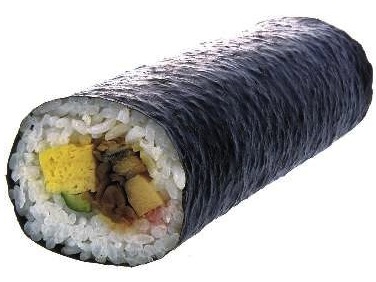
While Lunar New Year is not a major festival in Japan, many Japanese celebrate Setsubun, a seasonal marker on the ancient, lunar-based koyomi calendar. This year, February 3rd marks the beginning of spring as well as the lunar new year.
In recent years, eating eho maki-zushi–Good Fortune Setsubun rolled sushi–has become part of the Setsubun fun (in addition to the bean-throwing ceremony!). These sushi rolls are similar to the futo (plump) maki (rolls) available at American Japanese restaurants. “The biggest difference is that these Good Fortune Rolls are not sliced,” explains Tokyo-based Japanese culinary instructor Elizabeth Andoh. “Some people include seven fillings (to represent Shichi Fukujin, the Seven Gods of Good fortune), others just four or five. A few takeout places in Tokyo this year are offering very plump rolls with 15 fillings!”
The proper way to eat eho maki is to face the eho, the auspicious direction for the year, and gobble down your sushi roll uncut to keep the good fortune intact.
~~~
HAPPY YEAR OF THE HORSE 2014 EVERYONE!
~~~
LINKS TO RECIPES:
Red Bean Soup with Rice Flour Dumplings (HapaMama.com)
Dduk Mandoo Guk (Kimchimom.com)
Eho Maki-Zushi (+ more about Setsubun!)






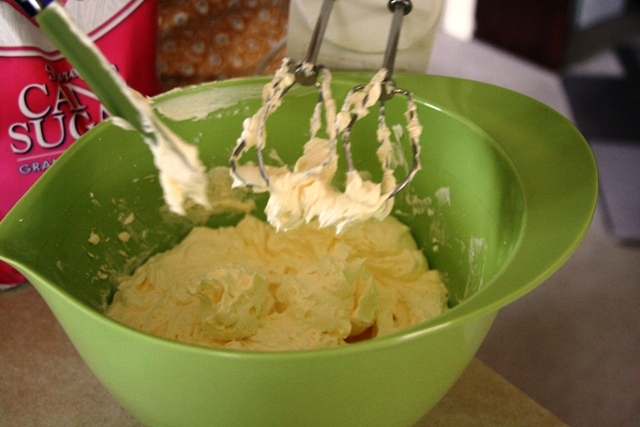
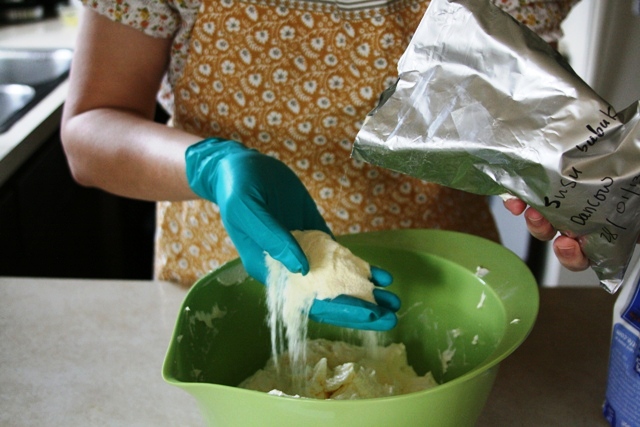
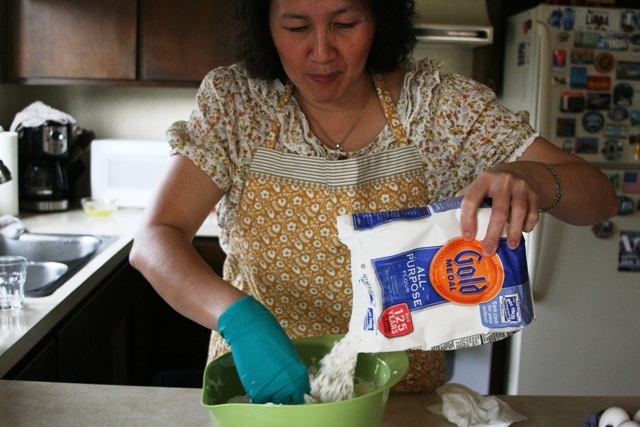




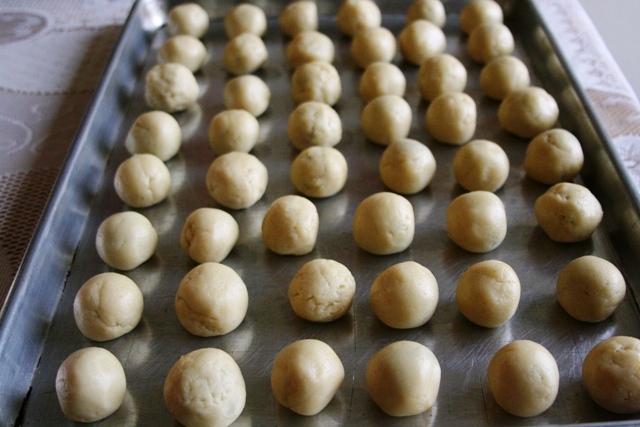
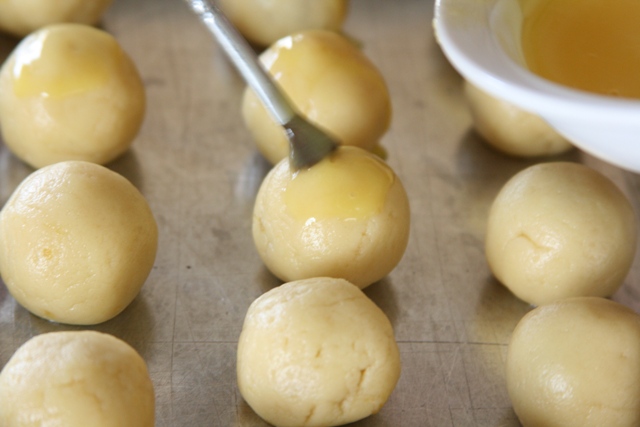
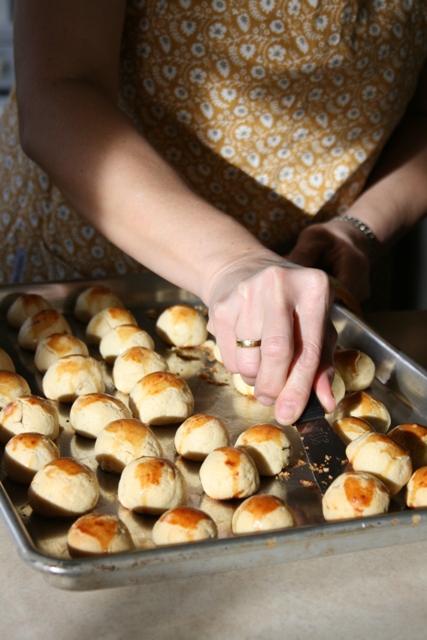








![IMG_8073[1]](https://i0.wp.com/farm5.static.flickr.com/4068/4333136433_201117e7a7.jpg)
![IMG_8086[1]](https://i0.wp.com/farm5.static.flickr.com/4047/4333878292_8608b71ebc.jpg)









